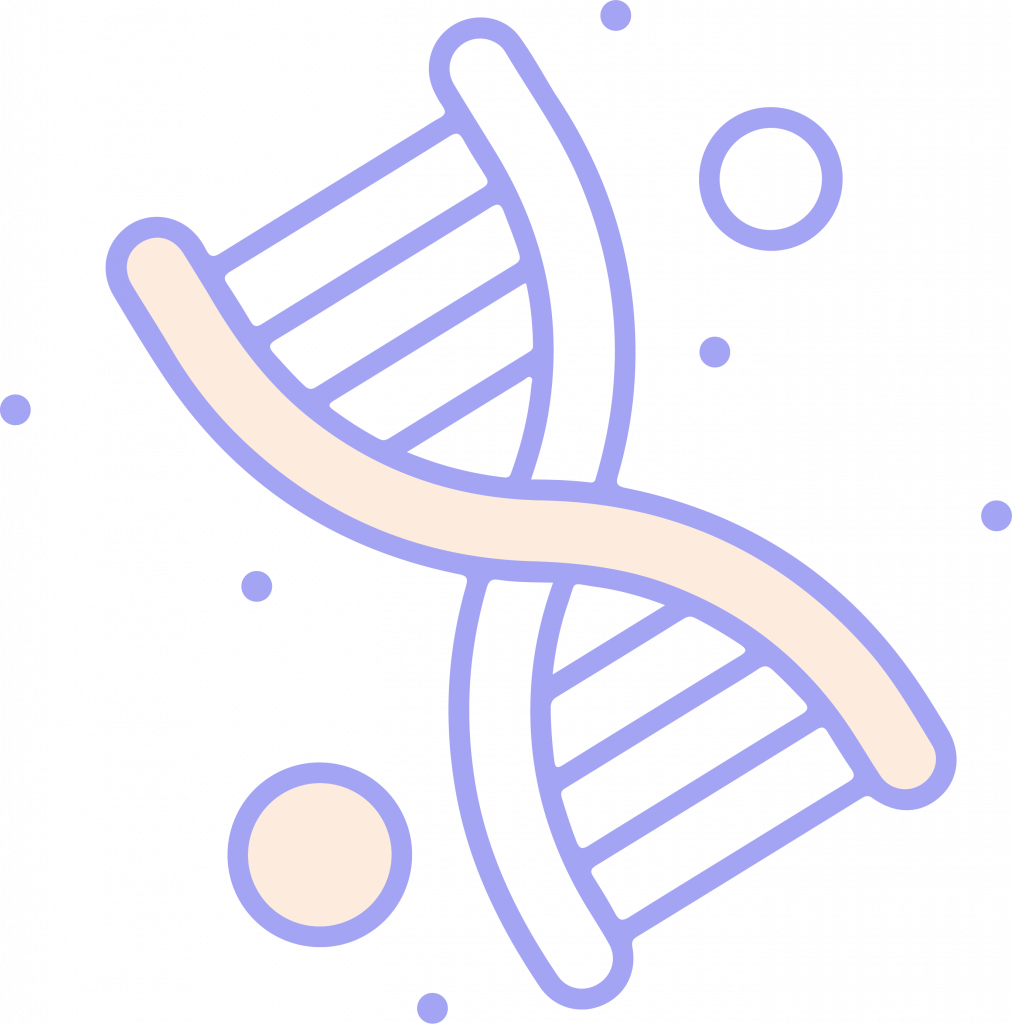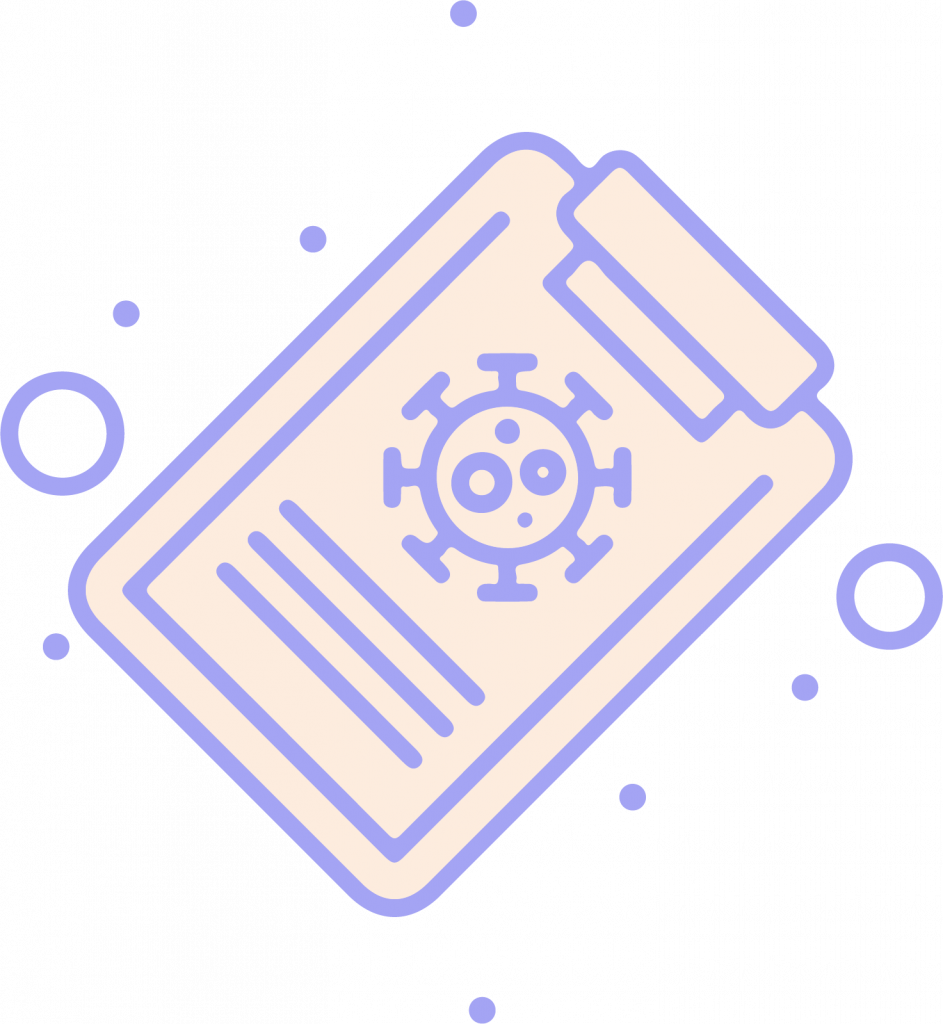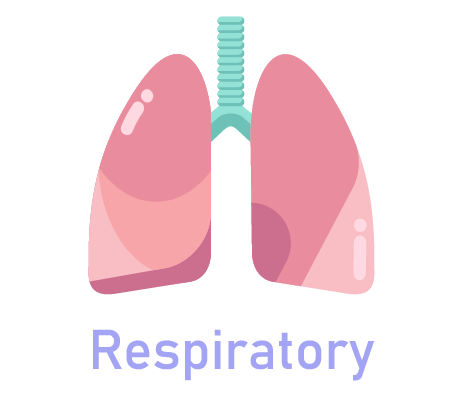Internal Medicine
Respiratory

Respiratory
Asthma, Pleural Diseases, Pulmonary Embolism (PE), Pulmonary Neoplasia (Lung Cancer), Chronic Obstructive Pulmonary Diseases (COPD)
Preface
No one wants to waste time reading a preface. Neither did we want to write something that will get ignored. But this isn’t that formality.
We wrote this introduction to quickly explain to you why this course is different. In the book, ‘The Magic of Thinking Big’ author David Schwartz wrote, ‘The story is told that the great scientist Einstein was once asked how many feet are in a mile. Einstein’s reply was, “I don’t know. Why should I fill my brain with facts I can find in two minutes in any standard reference book?” Einstein taught us a big lesson. He felt it was more important to use your mind to think than to use it as a warehouse for facts.’ And then the author goes on to explain that the ability to know how to get and use information is more important than using the mind as a garage for miscellaneous facts.
Unfortunately, most question banks consist of a haphazard assortment of different questions probing for information to prepare you for the exam. But once you get responsible for patients, both you and your patient know that they rely on you for your thinking skills and Google for a quick fact check.
So based on this principle, we develop our courses in Tome Pollom. Every chapter has the concepts explained in a clear, simple, and straight-forward way. In fact, you will need little effort to understand the concepts and will be surprised how quickly and easily you can finish studying!
Our hope is that this course is going to save you time and energy (and sleep and anti-depressants and hair-loss) and much more of your valuable resources. Just see for yourself.
Nevertheless, if you feel anything needs improving from your perspective, or whether the information is unclear or wrong, every page has a ‘Send Us Your feedback’ box for your kind input. We thrive on your feedback and criticisms and we aim to improve as we go along together. So, thank you in advance.
Hope you have a productive session. Make sure you get enough sleep!
About the course
- The more obvious one is that it is concerned with the exchange of oxygen (O2) and carbon dioxide (CO2) between the body and the external environment. In this case, the process is intimately associated with the circulatory system.
- The not so obvious one (unless you’re a student of science) is when cells use oxygen (O2) to metabolize organic molecules. This is called cellular respiration.

What will you learn
Euismod sem purus rutrum in. Tortor varius a bibendum nisl et tellus. Aliquet elit senectus iaculis netus gravida.
1. Sed viverra ipsum nunc aliquet bibendum enim facilisis gravida.
2. At urna condimentum mattis pellentesque id nibh.
3. Magna etiam tempor orci eu lobortis elementum.
4. Bibendum est ultricies integer quis. Semper eget duis at tellus.
What our students say

Cutts Daniel
Lorem ipsum dolor sit amet, consectetur adipiscing elit. Ut elit tellus, luctus nec ullamcorper mattis, pulvinar dapibus leo.

Daniel Smith
Lorem ipsum dolor sit amet, consectetur adipiscing elit. Ut elit tellus, luctus nec ullamcorper mattis, pulvinar dapibus leo.

Katherine Cutts
Lorem ipsum dolor sit amet, consectetur adipiscing elit. Ut elit tellus, luctus nec ullamcorper mattis, pulvinar dapibus leo.


Copyright ©| Tome Pollom


